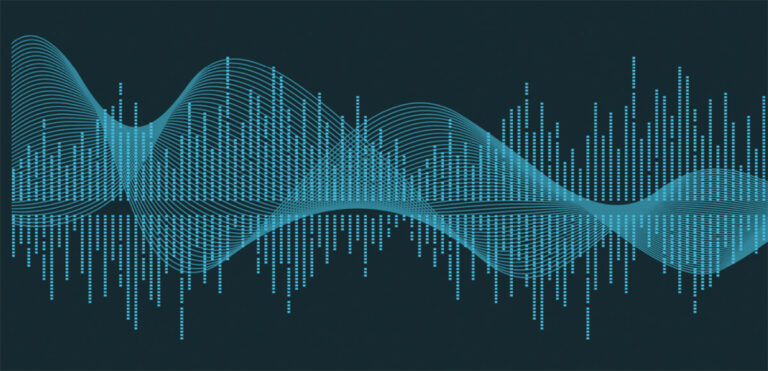By Colleen Fahey
We recently celebrated Memorial Day Weekend here in the U.S., a moment that signifies the unofficial start of summer. You may have heard songs on playlists and radio that made you feel hopeful anticipation for the lazy season of sunshine, BBQs and vacation. The summer tunes probably weren’t frenetic, complex or dissonant. The tempos were likely easygoing and harmonious, maybe they featured some tropical instruments.
What is it about music that gets you enthused about summer or, in other cases, pulls you to your feet at a rally, religious service or dance floor? Is there an ABBA song or Motown favorite that does it for you? Music can bring on our tears, lighten our moods or melt our hearts.
But how does it evoke such deep emotional responses? For a telling hint, take a look at music’s connection to language. As humans, when we’re happy we talk a bit faster and a lot more expressively. But when we’re sad, we typically speak in lower tones, more slowly and with less melodic range.
Music that evokes emotions like happiness or sadness shares those recognizable sounds. And how it’s expressed can override other “rules” about what makes music happy or sad, like the use of Major keys, usually associated with happiness, and Minor keys, usually seen as melancholy. Take Taps, for example, one of the saddest sounds in a military funeral is not written in a Minor key. It actually contains a Major key melody, but the slow and silence-filled way it’s performed on a solo instrument releases a flood of emotions.
Another way music influences emotion is through the relationship between sound and memory. A tune that was played at a ballgame, wedding or graduation, brings familiar emotions flooding back. Each of those three types of events have signature melodies that repeat throughout the years. Brands are able to use this memory connection in a similar way. Repetition deepens memory – and memories carry emotion. When someone opens Netflix and hears the “du-dum” sonic logo, their excited anticipation might rise because they’ve associated that sound with positive memories of watching their favorite TV shows and movies.
There’s more to say about how music affects emotions, but the connections to language and memory will get us started. In branding, what’s important is to evoke the right emotions for your brand. Not all brands need to make the audience feel happy, some offer comfort, some offer confidence, and some, like brands with outlaw archetypes, might even offer anger. Most brands need to suggest several emotions at once. For instance, with the outlaw archetype, the emotions may encompass anger, a sense of determination and hope.
A brand’s sound strategy must balance both the emotional experience the brand wishes to evoke in the audience, and the specific emotional needs of the customer at each touchpoint along the customer journey.
Photo by Anthony Delanoix on Unsplash.




